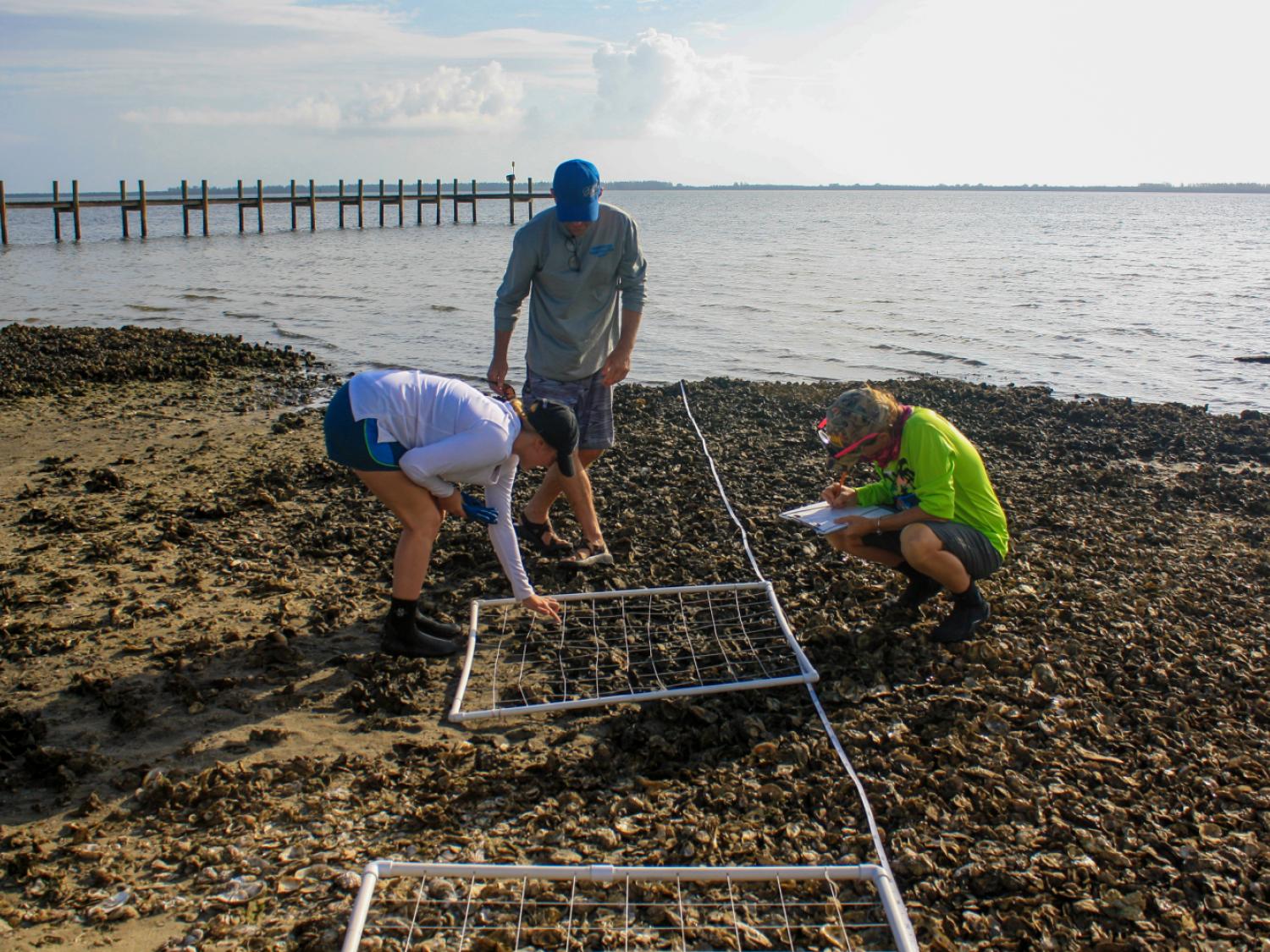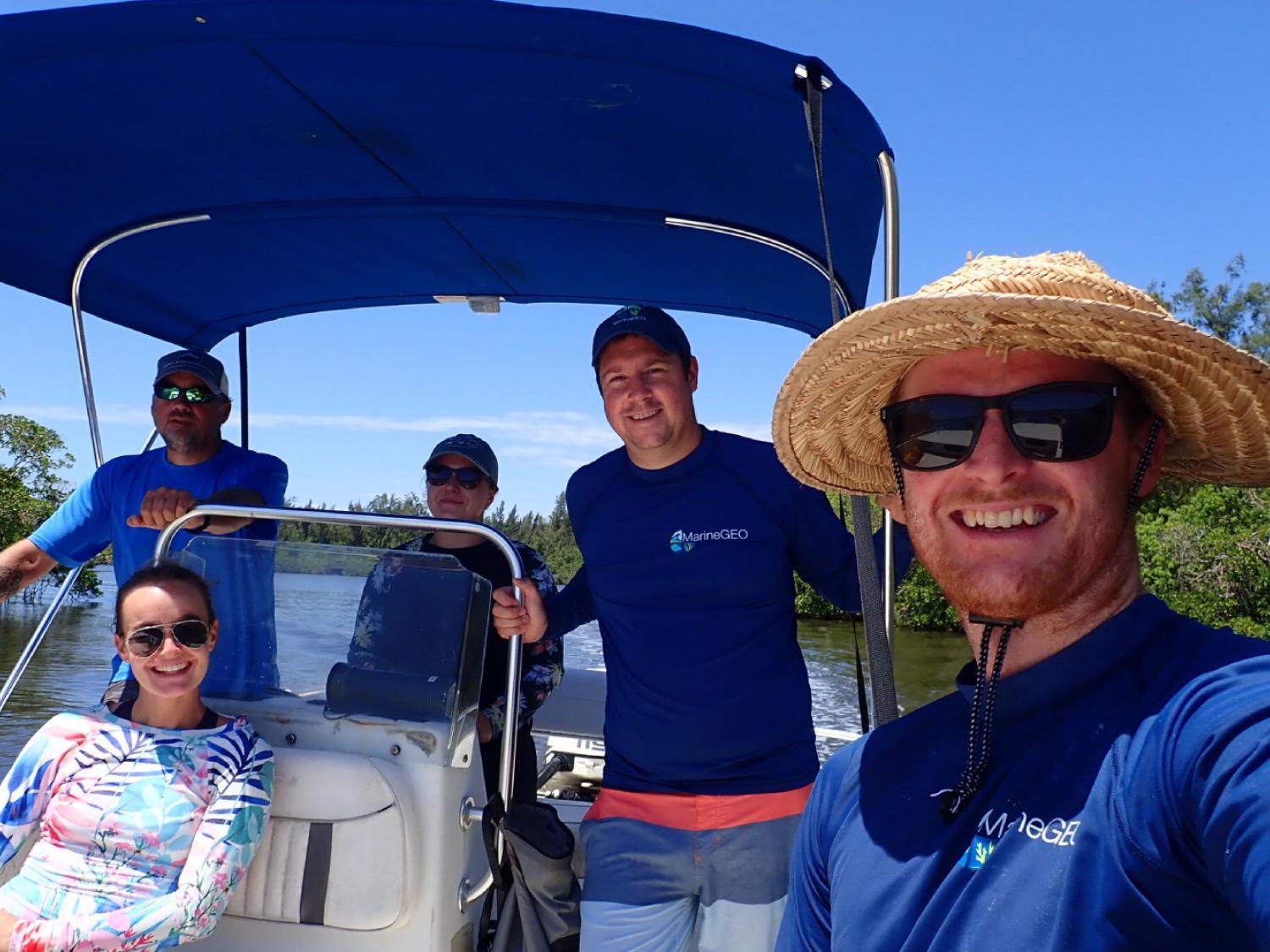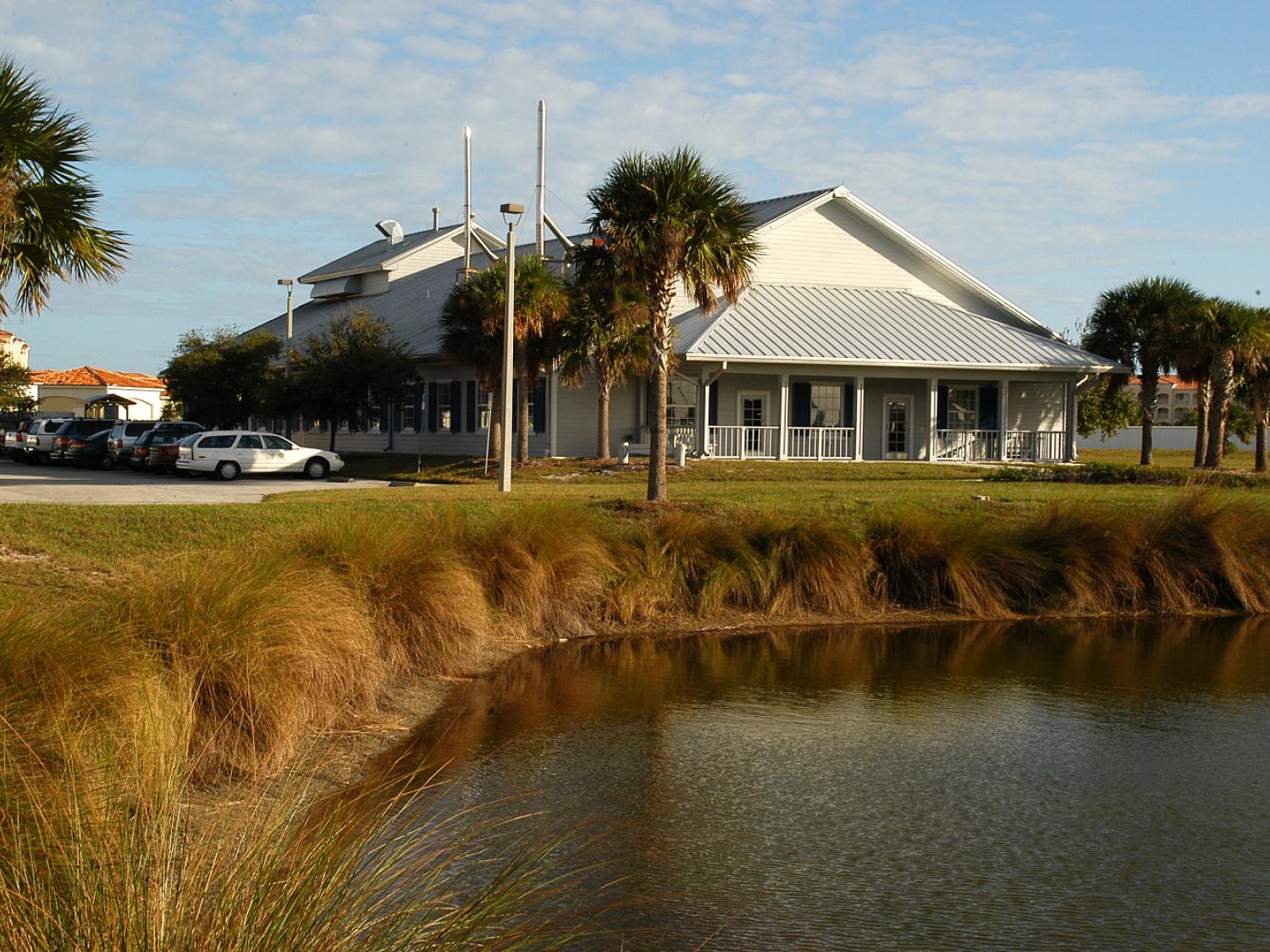Fort Pierce, Florida, USA Smithsonian Marine Station
Located beside the Indian River Lagoon, SMS builds understanding of one of the most biodiverse estuaries in North America
The Smithsonian Marine Station (SMS) is located on the eastern coast of Florida alongside the Indian River Lagoon, one of the most biodiverse estuaries in North America and listed as an “Estuary of National Significance” by the US Environmental Protection Agency. The lagoon lies along a biogeographic boundary between temperate and sub-tropical provinces, which results in high biodiversity as the species from these provinces mix, as well as diverse habitats including seagrass meadows, mangrove forests, and oyster reefs. SMS is part of the Smithsonian’s National Museum of Natural History and was established to serve as a satellite field lab to draw in scientists and students from the Smithsonian and other institutions around the world to study the unique lagoon and its surroundings. SMS continues to host high-impact research from many disciplines in marine sciences and is just as strongly devoted to educational outreach. MarineGEO has been conducting research at SMS since 2017, focusing mainly on oyster reef, seagrass, mangrove, and human-built habitats
MarineGEO Team
- Principal Investigator: Valerie Paul
- MarineGEO Biologist: Dean Janiak
Participating Institutions
iNaturalist
Social Media


